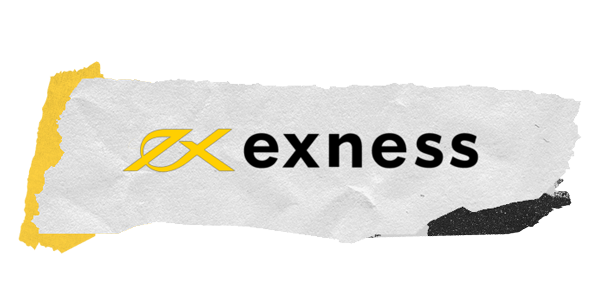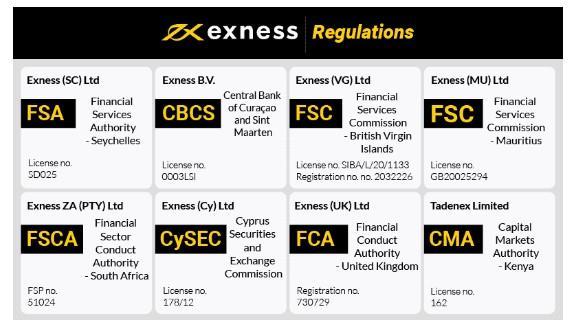
Understanding Competitive Exness Fees for Trading Success
When choosing a trading platform, understanding the fees associated with it’s essential for traders to make informed decisions. Competitive Exness Fees https://thai-exbroker.com/ Among the many platforms available, Exness stands out due to its competitive fees structure, which can significantly impact a trader’s profitability. This article delves deep into Exness fees, how they compare to industry standards, and why they are crucial for anyone serious about trading.
What Are Exness Fees?
Exness, a well-established broker since 2008, is known for its transparency and a variety of trading accounts that cater to different levels of traders—from beginners to professionals. The fee structure generally comprises spreads, commissions, and overnight fees (swap rates). Understanding each of these elements helps traders assess their potential costs before entering trades.
Spreads
The spread is the difference between the buying and selling price of an asset, and it is a significant component of trading costs. Exness offers competitive spreads on various accounts. On its Standard account, spreads can start as low as 0.3 pips, while the Pro account can have even lower spreads under specific conditions. This is particularly advantageous for day traders or scalpers who rely on small price movements to generate profits.
Commissions

On certain types of accounts, especially the Pro account, traders may incur commission fees per trade. While this may seem less attractive at first glance, the low spread often compensates for commission costs. For example, a Pro account may charge a commission of $3.5 per lot, which, when weighed against a tighter spread, can work out to be more economical than higher spread accounts. The choice between commission and non-commission accounts ultimately depends on one’s trading strategy.
Overnight Fees (Swap Rates)
When positions are held overnight, traders may incur swap rates, which can be either positive or negative, depending on the interest rates of the involved currencies. Exness’s overnight fees vary by instrument and market conditions. Traders need to check these rates if they plan to hold positions for longer durations, as they impact overall trading costs.
Comparing Exness Fees with Competitors
To understand how Exness fees stand against competitors, it’s essential to look at similar platforms in the industry. Many brokers, especially those catering to retail traders, tend to have higher spreads and commissions, especially on standard accounts. For instance, some brokers may have spreads starting at 1 or 2 pips, which means traders could lose significantly more on frequent trades.
Another point of comparison is the pricing structure of known brokers like IG or OANDA. While they are reputable, their fee structures can be less transparent and more costly for active traders. Therefore, Exness’s competitive nature and its low-fee promise could be enticing for traders looking to maximize their returns.
Importance of Understanding Fees

Understanding trading fees is critical for effective risk management and long-term profitability. For example, a trader who often executes numerous trades throughout the day needs to be highly aware of the cumulative costs associated with spreads and commissions. Ignoring these can lead to eroding profits or, worse, significant losses.
How Fees Affect Trading Strategies
Traders should incorporate fee considerations into their trading strategies. For instance, day traders and scalpers should prefer accounts with lower spreads and commissions, while long-term investors might not find commissions as impactful. Additionally, maintaining awareness of swap rates becomes essential for positions held overnight, to ensure profits are not offset by accumulating costs.
Tools for Fee Management
Exness provides various tools and resources to manage and monitor trading fees effectively. The trading platform includes features like spread charts and detailed breakdowns of commissions and swap rates, enabling traders to make informed decisions. Additionally, Exness’s customer support team is available to clarify any fee-related queries, ensuring traders can optimize their trading costs.
Conclusion
In conclusion, Exness offers a competitive fees structure that is essential for traders looking to maintain profitability in a cutthroat trading environment. By understanding the different components of trading costs—spreads, commissions, and overnight fees—traders can devise better strategies suited to their trading style. Given the competitive landscape, Exness emerges as a favorable choice for both new and experienced traders aiming to enhance their trading efficiency while keeping costs at bay.
Ultimately, a thorough understanding and strategic planning concerning these fees can lead to better decision-making and increased profitability. Traders would do well to consider Exness as they navigate their trading journey, leveraging the broker’s competitive advantages to their benefit.
